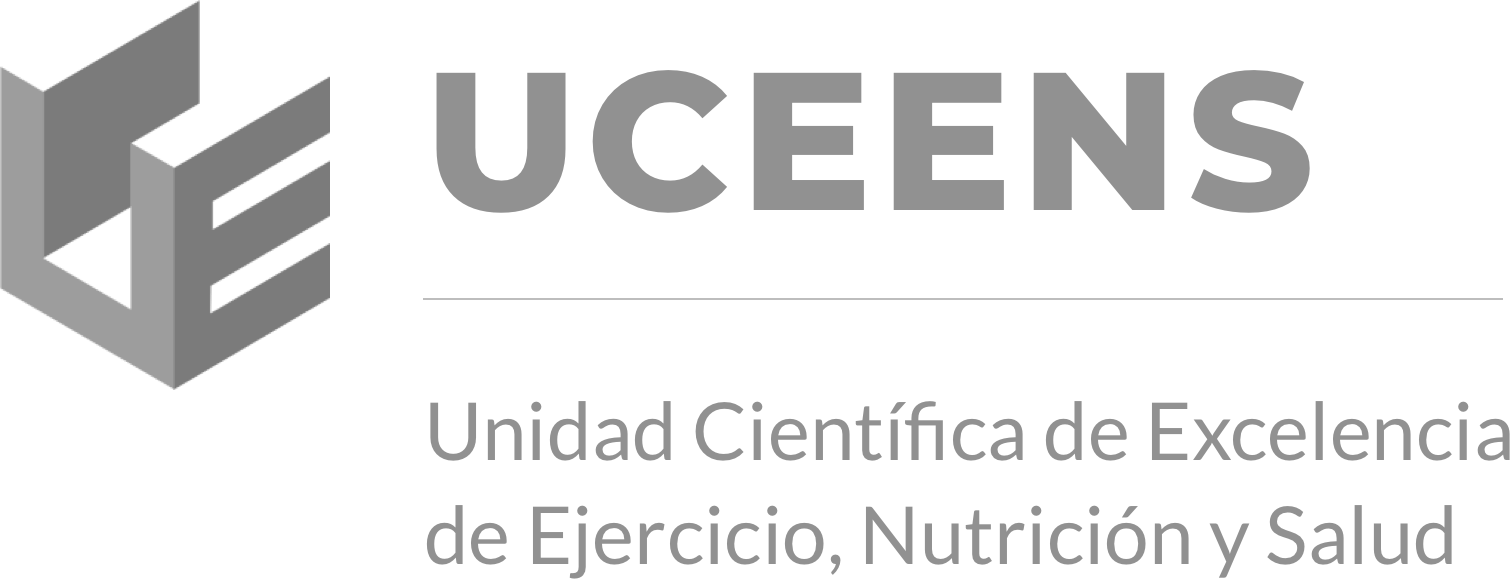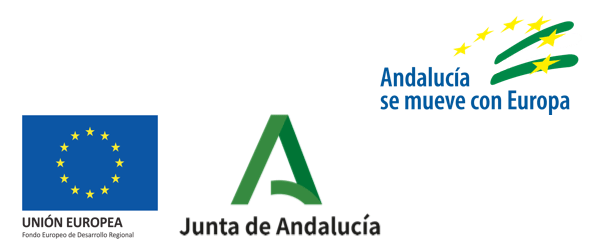Since the beginning of mankind, man has sought ways to promote and preserve health as well as to prevent disease. Hydration, physical activity and exercise are key factors for enhancing human health. However, either a little dose of them or an excess can be harmful for health maintenance at any age. Water is an essential nutrient for human body and a major key to survival has been to prevent dehydration. However, there is still a general controversy regarding the necessary amount to drink water or other beverages to properly get an adequate level of hydration. In addition, up to now the tools used to measure hydration are controversial. To this end, there are several important groups of variables to take into account such as water balance, hydration biomarkers and total body water. A combination of methods will be the most preferred tool to find out any risk or situation of dehydration at any age range. On the other hand, physical activity and exercise are being demonstrated to promote health, avoiding or reducing health problems, vascular and inflammatory diseases and helping weight management. Therefore, physical activity is also being used as a pill within a therapy to promote health and reduce risk diseases, but as in the case of drugs, dose, intensity, frequency, duration and precautions have to be evaluated and taken into account in order to get the maximum effectiveness and success of a treatment. On the other hand, sedentariness is the opposite concept to physical activity that has been recently recognized as an important factor of lifestyle involved in the obesogenic environment and consequently in the risk of the non-communicable diseases. In view of the literature consulted and taking into account the expertise of the authors, in this review a Decalogue of global recommendations is included to achieve an adequate hydration and physical activity status to avoid overweight/obesity consequences.




Deja una respuesta